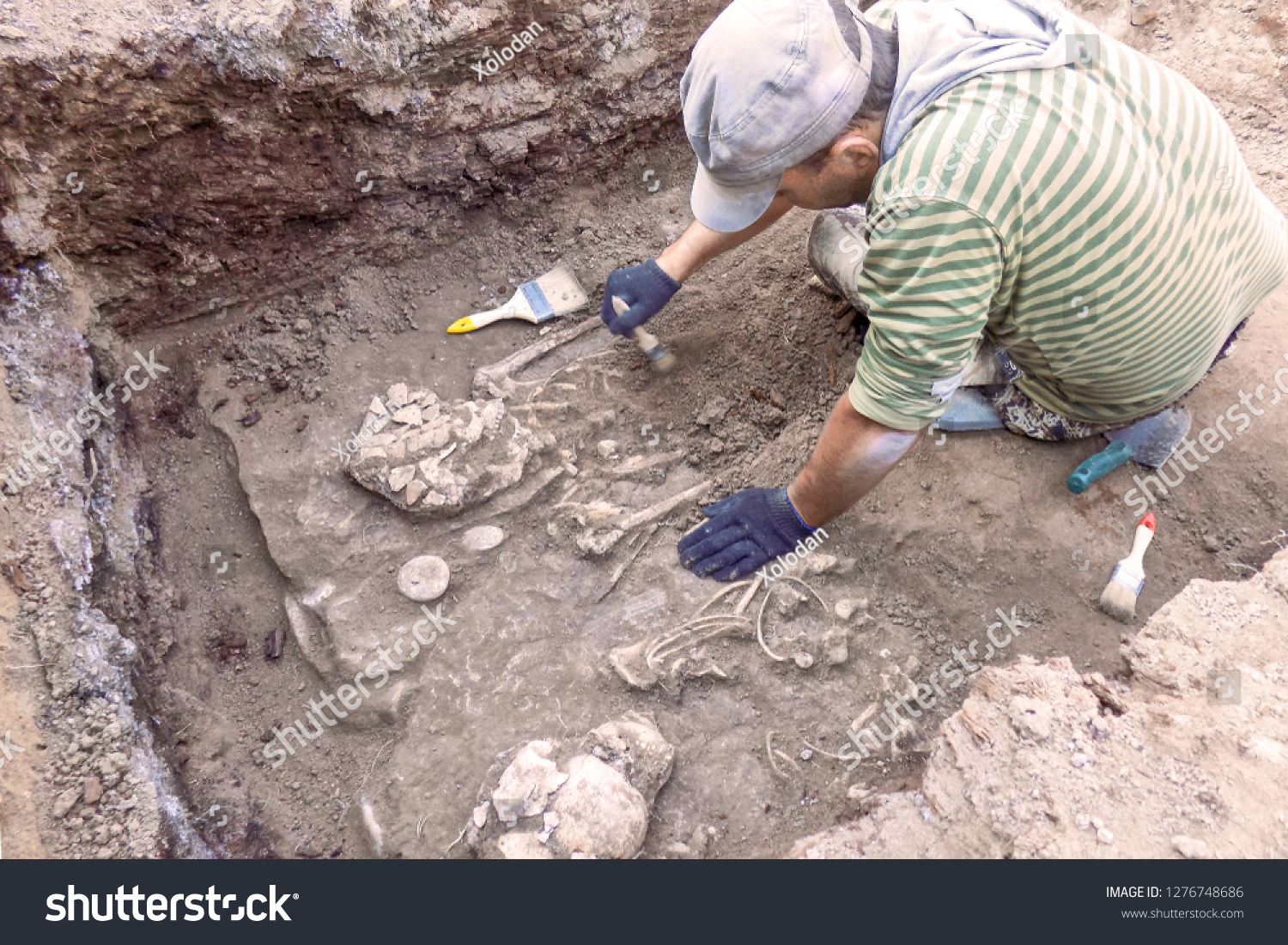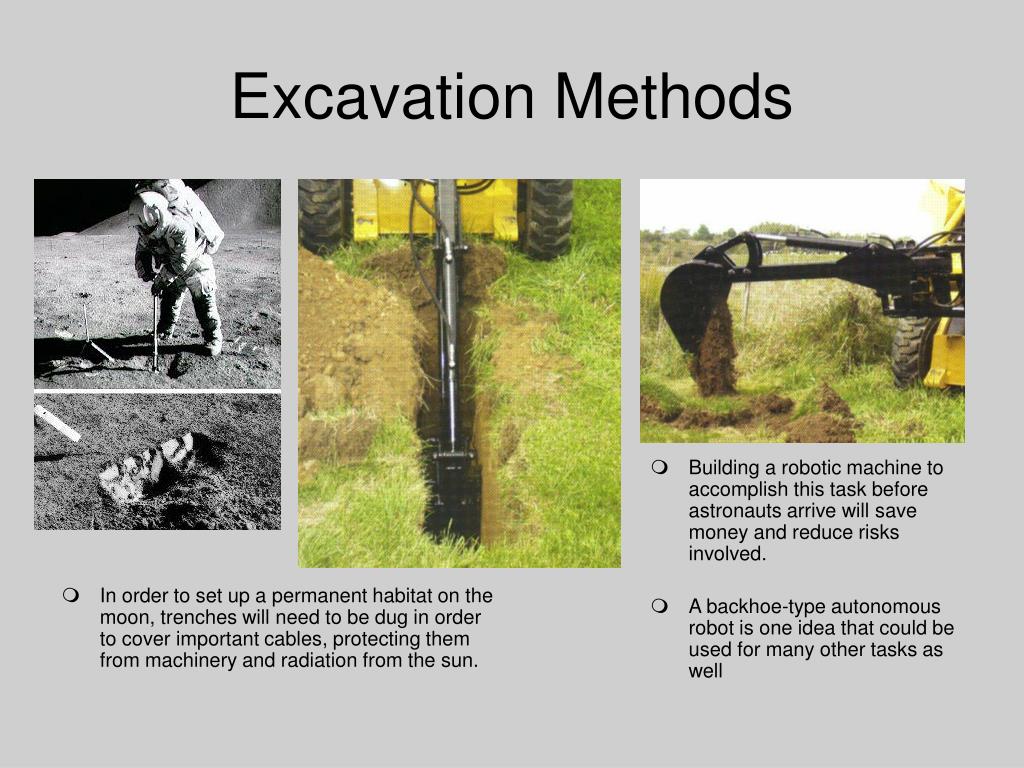The smart Trick of Trencher That Nobody is Discussing
General Contractor for Beginners
Table of ContentsSee This Report about Concrete ContractorsExcavator Can Be Fun For EveryoneExcavation Contractors Near Me Can Be Fun For AnyoneDemolition for DummiesWhat Does Excavator Do?


Scrapers or Pans excavate soil in one place, haul and also dump the soil in another spot (concrete contractors). It is hard to match the efficiency of scrapers for cut/fill soil operation if the haul distance is much less after that a mile. Scrapers are usually pulled by a rubber tire wheel tractor and are sometimes pushed through the cut location by an excavator.
There are often times that scrapers are not used for site grading as well as a dump vehicle is employed: the haul may be to long, the haul may go across roads where scrapers are not permitted, hard rock may be experienced, devices schedule, etc. Discard trucks are in common use and also possibly require little discussion.
"Rock body" beds, on the other hand, have no tailgates and also can unload any dimension rock, although their quantity capacity is diminished. Compaction Tools boosts the density of the dirt as well as in some cases provides a smooth, rolled surface area.
Get This Report on Mini Excavator
From a straightforward examination pit to percussion exploration to core boring the owner has significantly much more pricey options that produce increasingly better information concerning the website underground. As an example, the Proprietor on a 100,000 SF structure project might authorize twenty boring areas with split spoon dirt samples taken until rock is reached and after that core examples of rock.
Recognizing the type and top quality of rock (from the core samples) as well as location of rock (from the dirts boring) is an actual advantage in jobsite preparation. On the other hand, the Owner of a 100,000 SF structure may decide to wage no geotechnical testing whatsoever. The choice regarding geotechnical screening is generally made by a Proprietor with no input from the Building and construction Supervisor.
The section on Soils and also Geology assists you understand the terms in the geotechnical record. A knowledge of the approximate place of the rock helps the Building and construction Supervisor to prepare the series of steps adhering to rock excavation. If rock is in one edge of a huge building task, as an example, the earth excavation can begin at the contrary end of the structure in order to start structure work soonest.
Beginning the structure work early would be an excellent idea if the rock can be gotten rid of by ripping. If the rock is incredibly difficult and also requires substantial blasting, it may be sensible to hold structure job till the blasting is finished. The Construction Supervisor ought to coordinate these kinds of decisions as well as make use of all the technological date readily available.
Some Ideas on Excavator You Should Know
Unidentified excavation stipulates that all rock or various other unexpected materials (excluding dangerous materials) run into in the sitework will be the duty of the Specialist at no change in agreement price. An unidentified excavation is simpler from a book-keeping viewpoint and positions the responsibility for geotechnical conditions onto the Sitework Contractor.
It's impressive what a heavy rain can do to a building task. Prior to the rain, the website may be completely dry, hefty devices efficiently moving earth, the various other professions efficiently performing their work.
In the majority of locations of the world, the Construction Manager need to bear in mind a simple fact: IT WILL RAIN. Good planning can reduce the damages and also interruption of a heavy rain to a jobsite. Commonly the excavation and also grading is entrusted to the Sitework Service Provider (and also their Foremen is liable to manage and also route the hefty equipment and operators).
Consequently the Building and construction Supervisor should be constantly familiar with what rainfall will certainly do to the job site. It is not uncommon for the Sitework Supervisor to work their hefty tools for maximum efficiency and also hope it doesn't rainfall. Among the most effective means to get ready for rainfall is to incline all grades to drain and to smooth rolled the surface area before a rain.
General Contractor Fundamentals Explained
The Construction Manager must be far-sighted sufficient to guarantee that heavy rain does not stop work on the project longer than required. Daily discussions with Sitework Foremen might be needed to achieve this goal. Any kind of time excavation is needed below the existing aquifer on a project, the process of dewatering have to be thought about.
In a really cohesive soil, the water travels so slowly via the clay or silt that dewatering is not generally essential for the relatively brief time of excavation. Dewatering may be needed for a solitary ground excavation or for a whole job site. The most typical dewatering techniques are trench drains pipes, deep wells and well points.

Ground water seepage can likewise be reduced by cutoff techniques such as sheet loading. High dewatering expenses have actually paled the revenue margins on far as well many jobs.
This option needs to constantly be taken into consideration when evaluating the possibility of dewatering. Certainly the alternative is only practical if gravity can run the water to reduced ground. Trench drains can be cut with a backhoe and also full of a crude, granular material (# 4 stone as official statement an example), yet care needs to be exercised in picking the water outlet type and also location.
The Single Strategy To Use For Excavation Companies
A siphon, necessarily, utilizes climatic pressure to lug water from one altitude, up over a challenge, to a lower altitude. The pipelines in a siphon system have to be impermeable as well as some ingenuity is commonly required to completely fill up the siphon pipe. The siphon pipe need to be full for the siphon to begin.
A deep well is composed of a pump, pipe and a vertical well casing. The pump intake is at the bottom of the well covering (normally some smashed stone is put down there as a filter medium) (trencher). The water is pumped up the hose, out of the well covering, as well as to an ideal discharge location.
In a coarse sand, for instance, a big area can be pumped to near the pump consumption elevation. A much less absorptive dirt, on the various other hand, lowers the performance of a deep well. Since the pump is generally at the end of the deep well, there are no height limitations because of vacuum lift, as well as deep wells can reduce the groundwater over 50 feet.
On the base of the wellpoint there is a 2 foot long display and also valve, water jets out of this Source shutoff and also produces an opening right into which the wellpoint pipeline can be lowered. This opening is often made a bigger size (for instance 10 excavation equipment inches) to permit a coarse sand backfill to assist filter the water (excavation companies).